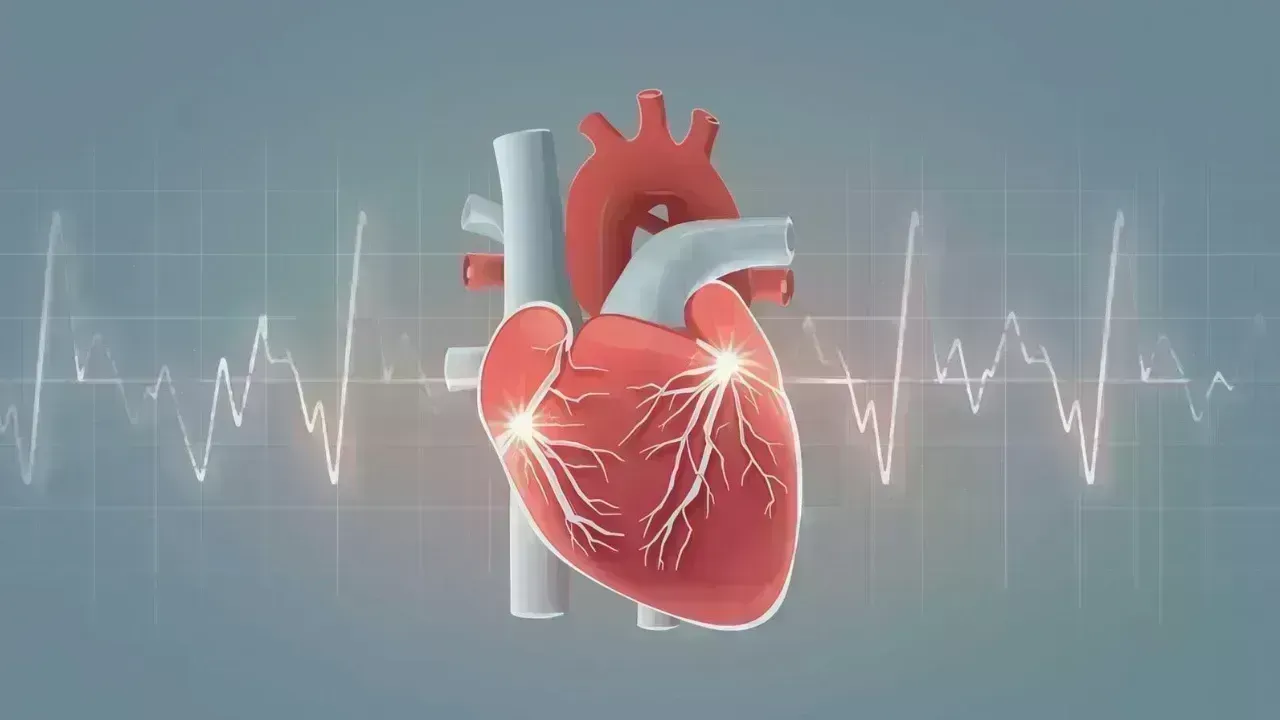
Post by : Monika
The Middle East and North Africa (MENA) region is home to one of the youngest populations in the world. More than half of its people are under the age of 30. On the surface, this sounds like a blessing. A young and energetic generation can drive growth, innovation, and progress. But the reality is very different.
Youth unemployment in the MENA region is one of the highest in the world. In many countries, one out of every three young people is jobless. Even those who finish school or university struggle to find work. Many who do get jobs end up in positions that pay very little or do not match their skills.
This crisis has been going on for decades, but in recent years, it has become worse. Weak economies, political instability, rapid population growth, and limited private sector opportunities have combined to create a situation where millions of young people feel left out of the future.
Why Are Young People Struggling?
Several reasons explain why young men and women in MENA cannot find proper jobs.
1. Rapid Population Growth
The region’s population has been growing very fast. Every year, millions of young people enter the job market. However, economies in many MENA countries are not growing at the same speed. This means there are simply not enough jobs available for everyone.
2. Weak Private Sector
In many countries in the region, the private sector is too small. Most businesses are family-owned and do not expand quickly. Governments used to hire many people, but now they cannot afford to give jobs to everyone. Without strong private industries, young graduates often have no place to go.
3. Mismatch Between Skills and Jobs
Education systems in many MENA countries focus more on theory than on practical skills. As a result, students often graduate without the abilities that employers need. For example, while technology and digital jobs are growing globally, schools in the region are still slow to prepare students for them.
4. Political Instability and Conflicts
Wars, protests, and political unrest have damaged economies and scared away investors. Countries like Syria, Libya, and Yemen have seen entire industries collapse. Even in more stable countries, political tensions create uncertainty that discourages businesses from hiring.
5. Cultural Expectations
In some countries, social expectations play a role too. Many families prefer their children, especially daughters, to take safe government jobs rather than risk working in the private sector. Since government jobs are limited, this adds to the frustration.
What Do the Numbers Show?
According to international studies, youth unemployment in the MENA region is about 25% to 30%, which is nearly double the global average. In some countries, the rate is even higher. For example:
This situation is worse for young women. Across the region, female youth unemployment is nearly 40%, making it one of the highest in the world.
Impact on Young People
Because opportunities are limited, many talented young people try to move abroad. Countries in Europe and the Gulf often attract these workers. While this helps individuals, it also means that home countries lose their brightest minds.
Delay in Life Plans
Without jobs, young people cannot save money, get married, or start families. This delays important social and personal milestones.
Risk of Instability
Large groups of jobless youth can lead to social unrest. The Arab Spring protests in 2011 were fueled in part by high youth unemployment. Governments fear that the problem could again lead to instability.
Programs that support small businesses and startups are growing. Countries like the UAE are investing in tech hubs and innovation centers to encourage young entrepreneurs.
Youth unemployment in the Middle East and North Africa is more than just an economic issue. It is a social and political challenge that affects millions of lives. The region’s largest generation is full of talent, ambition, and dreams. Yet without jobs, their potential remains locked away.
If governments, private companies, and international partners can work together to create real opportunities, the young people of MENA can become the drivers of growth and progress. But if action is delayed, frustration and unrest may continue to grow.










NBA Friday Recap: Powerhouse Wins for Miami, LA, Milwaukee, and Clippers
Miami, LA Lakers, Milwaukee, and Clippers triumphed in a thrilling NBA Friday, showcasing standout p

Doncic Shines with 49 Points in Lakers' 128-110 Victory over Timberwolves
Luka Doncic dazzles with 49 points as the Lakers secure a 128-110 win against the Timberwolves, show

Kings Triumph Over Jazz 105-104 with Last-Minute Sabonis Effort
The Sacramento Kings edged out the Utah Jazz 105-104, with Domantas Sabonis making the decisive shot

Argentina's Friendly Match Against India Delayed, New Date to be Announced
The friendly match between Argentina and India in Kochi has been postponed due to FIFA approval dela

Rohit and Kohli Conclude ODI Journeys in Australia with a Victory
Rohit Sharma and Virat Kohli bid adieu to Australian ODIs with a final win, forming a 168-run partne

George Russell's Wrestling Mask Antics at Mexican Grand Prix
George Russell donned a wrestling mask to enjoy the Mexican Grand Prix from the stands, providing a